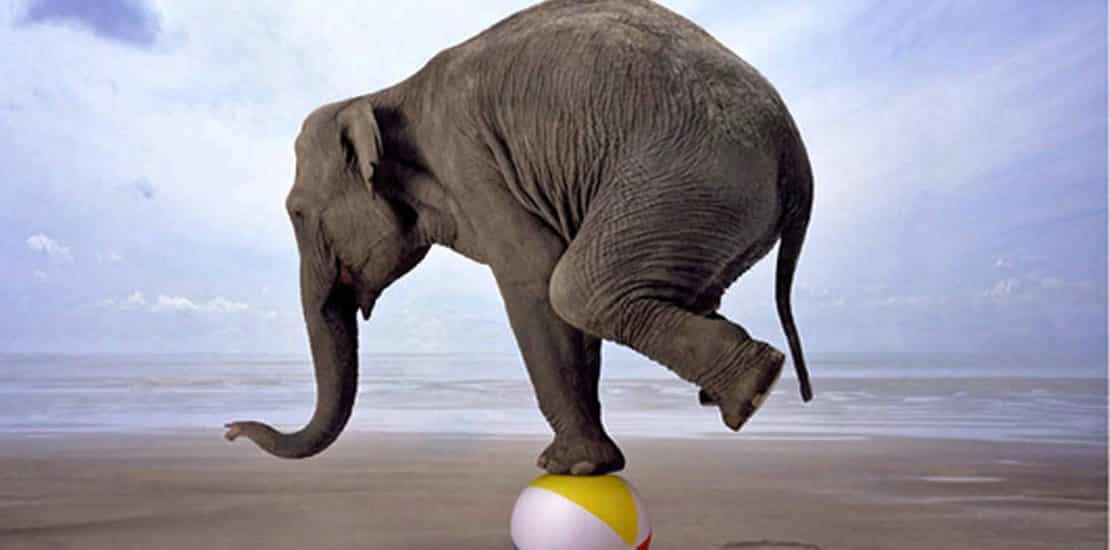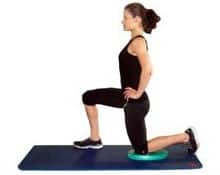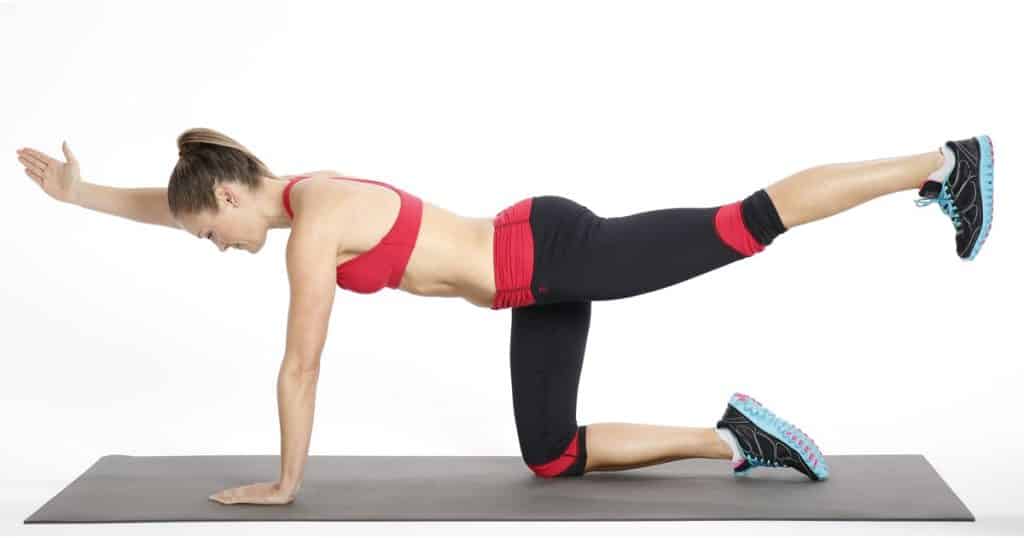- April 2, 2019
- Posted by: Daniel Ryan
- Category: Uncategorized

Test and Assess Your Balance | Move Physiotherapy East Fremantle
Our balance is derived from three main sources:
- Vestibular system: movement of crystals within the inner ear.
- Proprioceptive system: feedback from muscles and joints which is combined to tell us the position of these joints in space.
- Vision.
Poor balance can result from an impairment in one or many of these systems. As such, in order to assess our balance, it is important to categorically bias each system in order to determine where the impairment may lie. This is the following chart that I use to assess single leg balance, which is based on the Selective Functional Movement Assessment (SFMA) screening tool.
Our baseline test of Single Leg Stance is as follows:
1. Eyes Open – the SFMA standard is to achieve greater than 10 seconds. In reality, most subjects should be able to achieve significantly higher than this number. Average data demonstrates 18-39 year old subjects can hold this stance for ~43 seconds.
2. Eyes Closed – the SFMA standard is again 10 seconds. Average data for 18-39 year olds is ~9 seconds.
Although not called for in the SFMA testing, in line with the Unipedal Stance Test, the subject should stand in single leg stance with their arms crossed at their chest. The test ends when their arms are uncrossed. Normative values for different age groups can be found here.
If you can not achieve these average figures, we consider your balance to be dysfunctional. The following guide is then used to investigate.
Assessing the Vestibular System
To assess the contribution of the vestibular (inner ear) system to our balance, we simply need to challenge our proprioception and visual systems. As such:
Test 1: Double leg balance, standing on an unstable surface (e.g. pillows, or foam pad). Begin by assessing whether you can achieve this with eyes open (10 seconds), and eyes closed (10 seconds). If unable, this may indicate a vestibular issue. If you are able to achieve this, progress to test 2.
Test 2: Double leg stance, on an unstable surface. Move your head rapidly left and right x5, up and down x5, side to side x5. If functional, we can assume that the vestibular system is okay and not contributing to the lack of balance. If unable to be completed, a vestibular system dysfunction may be playing a role. We must still also investigate other sources of the balance impairment. Continue the assessment…
Assessing the Proprioceptive System (Primarily the Ankle)
Test 1: Half kneeling stance. In this position, the front leg foot and knee should be in line with the back leg. The back foot should be relaxed and not used to contribute to balance.

The design of this test is that, in contrast to single leg balance, the only aspect that has changed is that the foot and ankle have been taken out of the assessment. As such, if the subject can do this test perfectly, it most likely points to the issue being located at the foot and ankle which needs to be assessed.
If the subject can NOT complete this task, we also want to assess the core and hip for their involvement.
Assessing the Core/Hip Component
Most simply, this can be checked with a bird/dog exercise (or quadruped single arm and leg extension). Here we are looking for an inability to maintain control and alignment through the spine and extremities (usually pretty obvious!)

Hope this makes sense!
